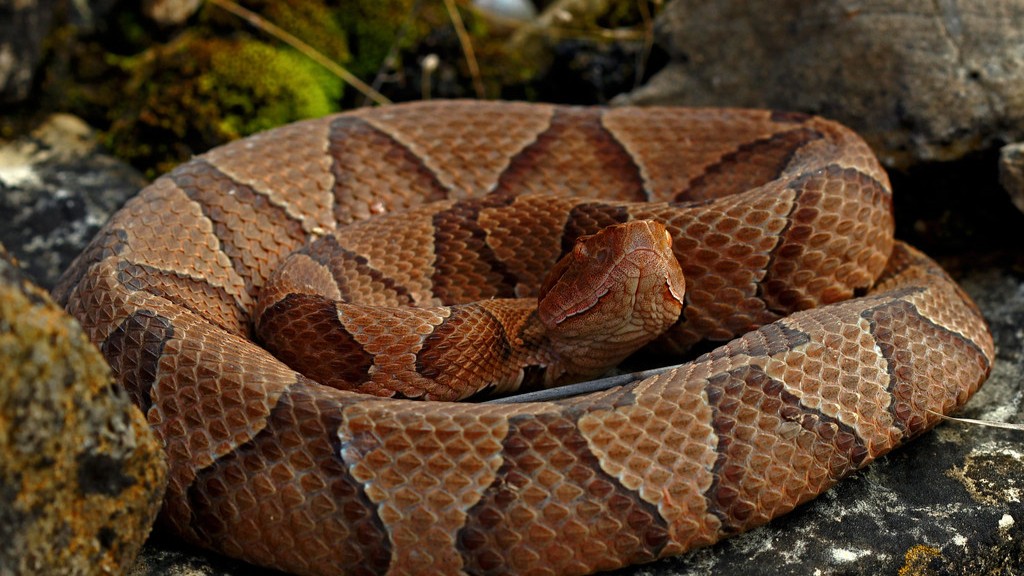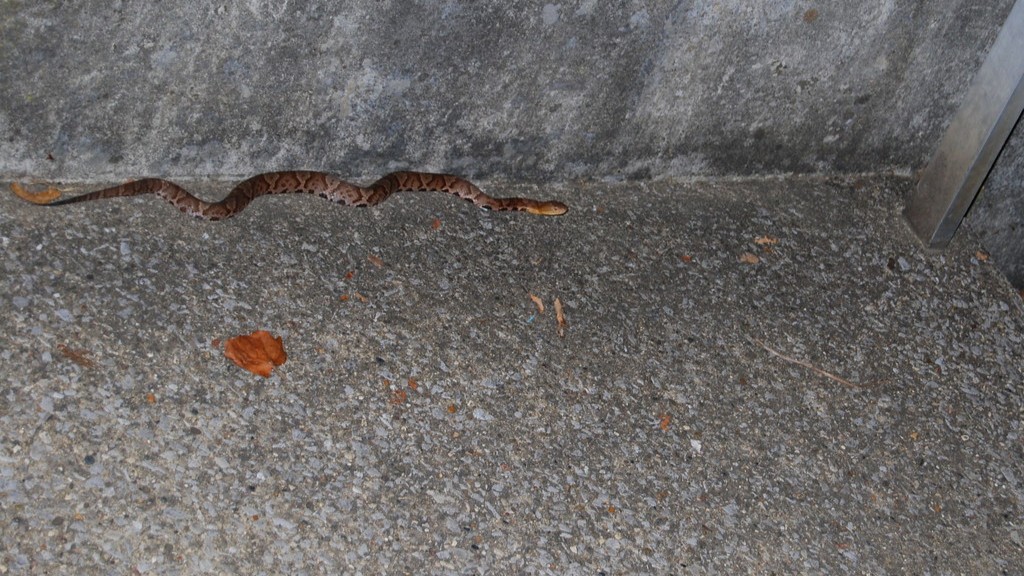Comparison between Copperhead and Water Moccasin
The Copperhead and Water Moccasin are two venomous snake species commonly found in North America, known for their potentially dangerous bites. This article aims to compare the toxicity levels of their venom, shedding light on which one poses a greater risk to humans.
Venom Composition and Potency
When considering the venom of the Copperhead and Water Moccasin, it is essential to analyze their composition and potency. Both snake species possess a complex mixture of enzymes, peptides, and toxins designed to immobilize their prey and aid in digestion. However, significant differences exist between their venom compositions.
The Copperhead’s venom primarily consists of a combination of hemotoxins and cytotoxins. Hemotoxins target the blood and its components, leading to disrupted blood clotting and tissue damage. On the other hand, cytotoxins harm cells, causing necrosis in the surrounding tissue. Although the venom of the Copperhead can be highly painful and cause severe swelling, fatalities resulting from its bite are extremely rare.
The Water Moccasin, also known as the cottonmouth, has a venom composition that leans more toward neurotoxins. Neurotoxins target the nervous system, interfering with nerve impulses and muscle control. Their potent effect on the body can lead to paralysis and respiratory failure. Consequently, a bite from a Water Moccasin can be potentially more life-threatening than that of a Copperhead.
Comparing Toxicity
When it comes to toxicity, it is challenging to directly compare the venom of the Copperhead and Water Moccasin. Both snakes deliver venom that serves their physiological needs, enabling them to immobilize prey and defend against threats. Ultimately, the impact of their venom on humans depends on various factors, including the specific enzymes, peptides, and toxins present, as well as the individual’s immune response and overall health.
Nonetheless, studies have suggested that the venom of the Water Moccasin may possess higher potency and fast-acting neurotoxic effects compared to that of the Copperhead. This higher potency results in a greater likelihood of severe symptoms and complications. However, it is important to note that individual reactions to snakebites can differ, and some people may be more susceptible to the effects of one venom over the other.
Geographical Distribution and Incidences
Geographical distribution plays a significant role in the overall incidence of bites inflicted by Copperheads and Water Moccasins. Copperheads are predominantly found in the eastern United States, primarily within forests and wooded areas. They are more likely to come into contact with humans due to their preferred habitats, resulting in a higher incidence of bites compared to Water Moccasins.
Water Moccasins, on the other hand, reside in the southeastern United States, primarily in and around bodies of water such as swamps and rivers. Interaction between humans and Water Moccasins is less common, leading to a lower incidence of bites in comparison to Copperheads.
Conclusion
In conclusion, while both the Copperhead and Water Moccasin are venomous snakes capable of inflicting harmful bites, the potential danger they pose varies. The Copperhead’s venom, rich in hemotoxins and cytotoxins, can cause pain and swelling, but fatalities are rare. In contrast, the Water Moccasin’s venom, known for its neurotoxic properties, can lead to more severe symptoms and complications. However, the actual outcome of a snakebite depends on various factors, making it vital to seek immediate medical attention in any snakebite situation.


